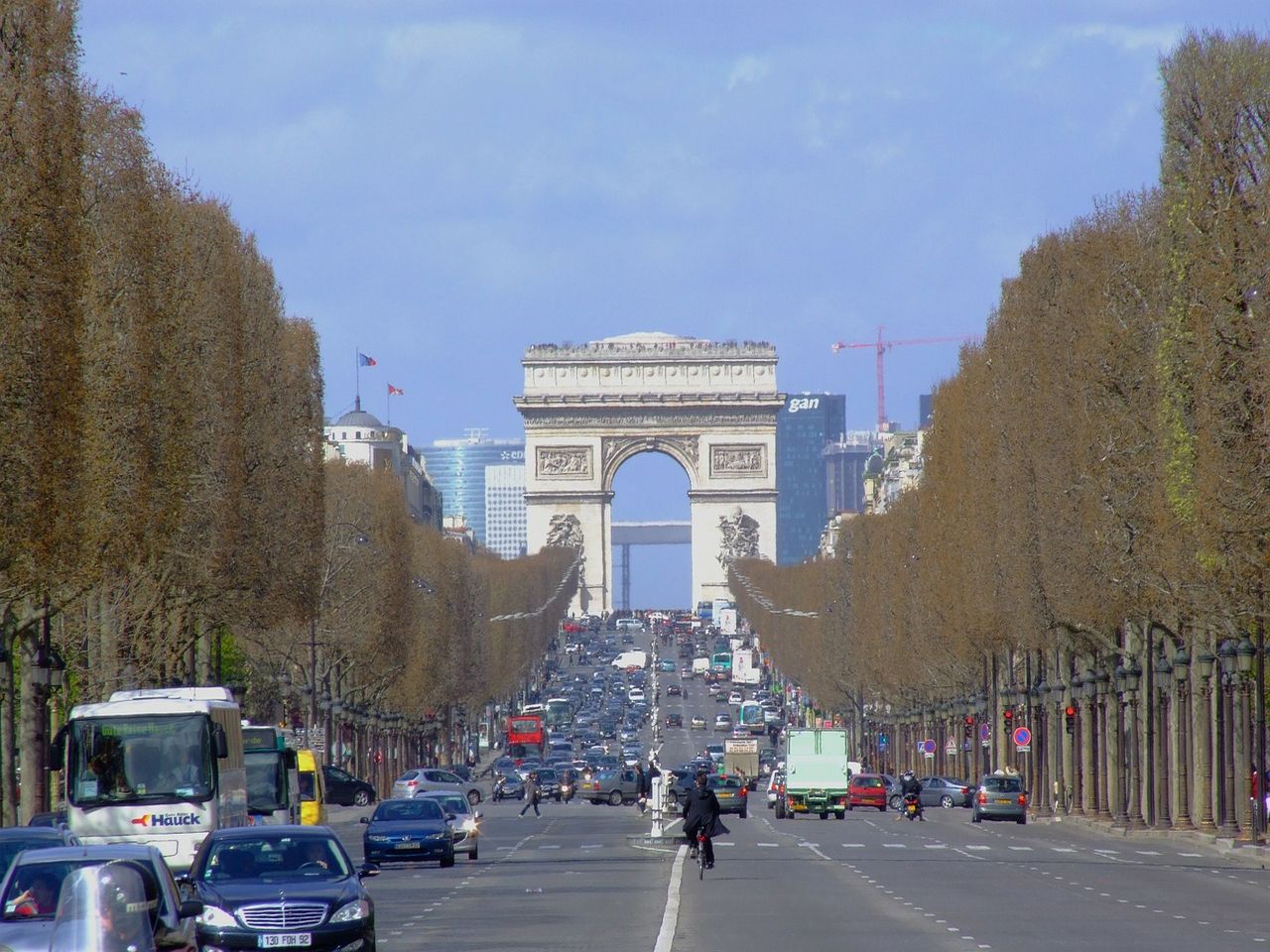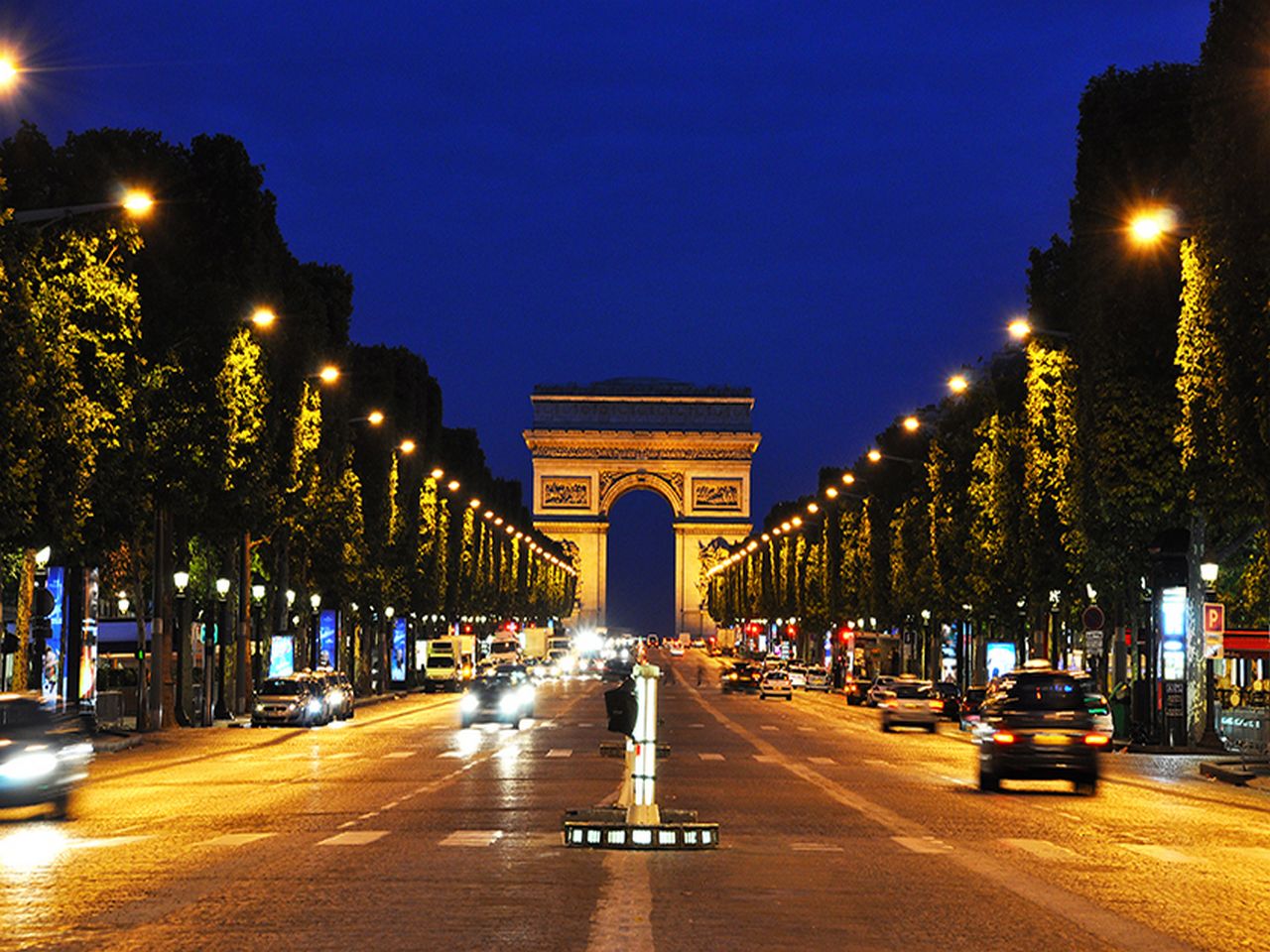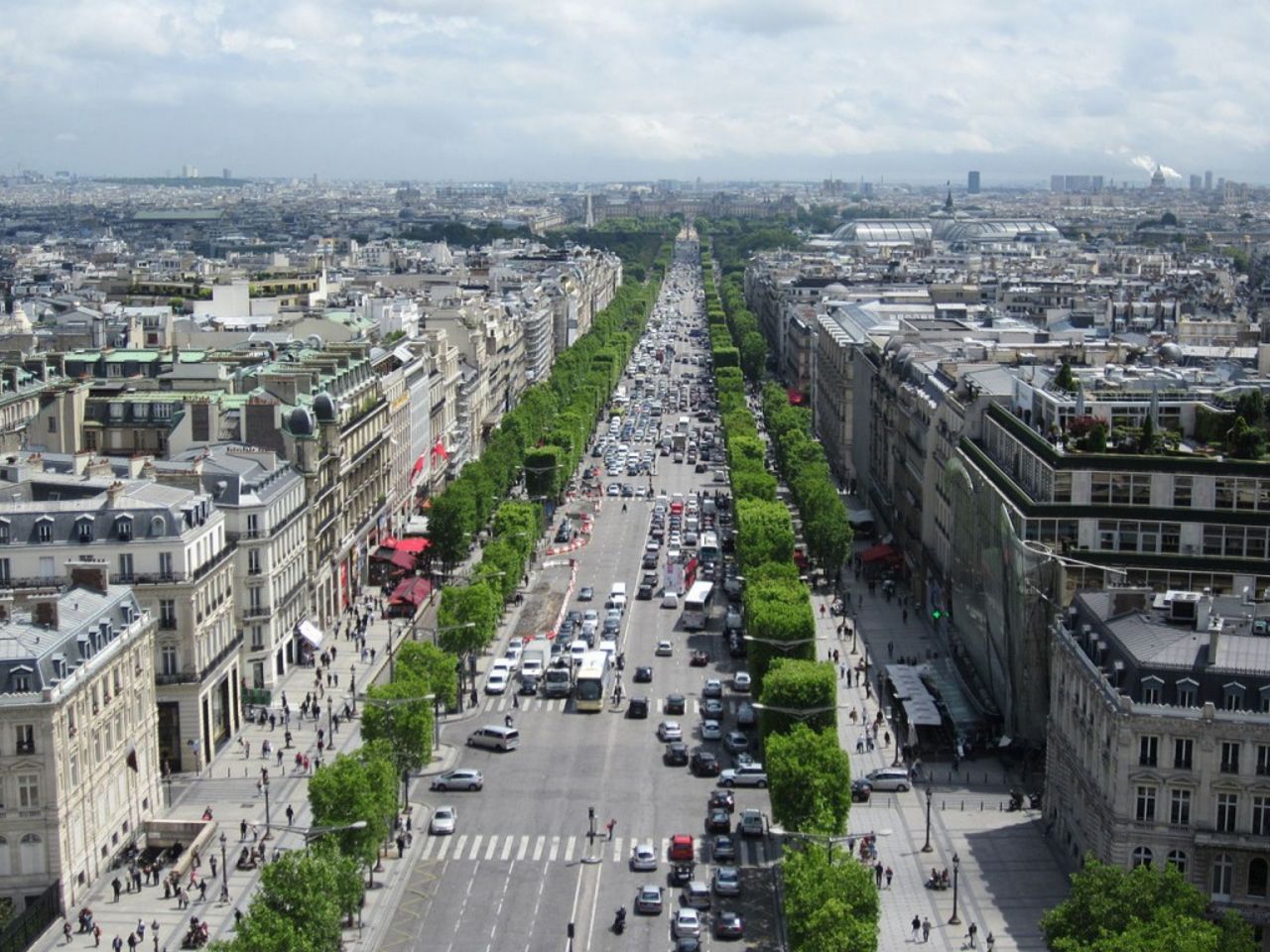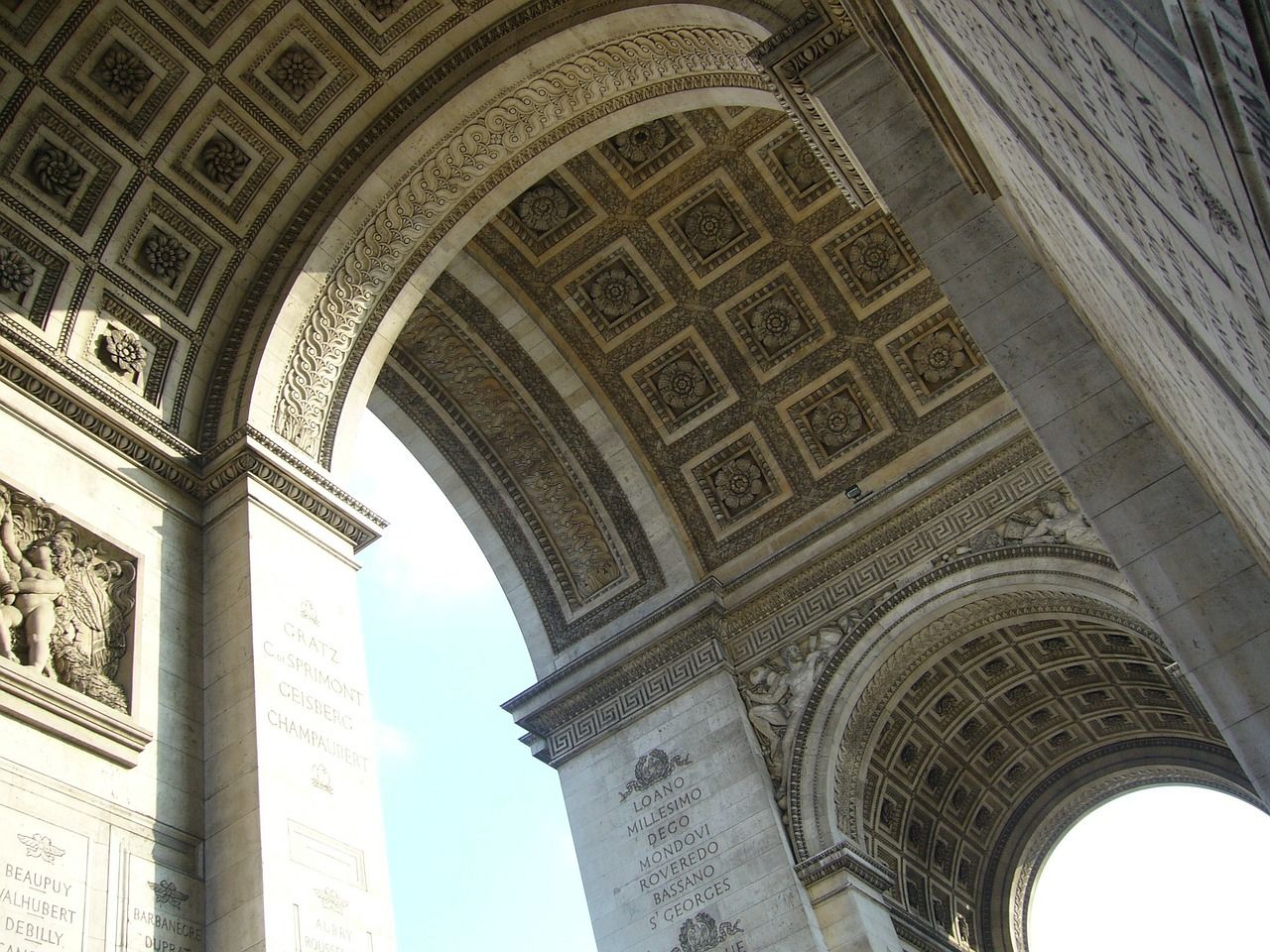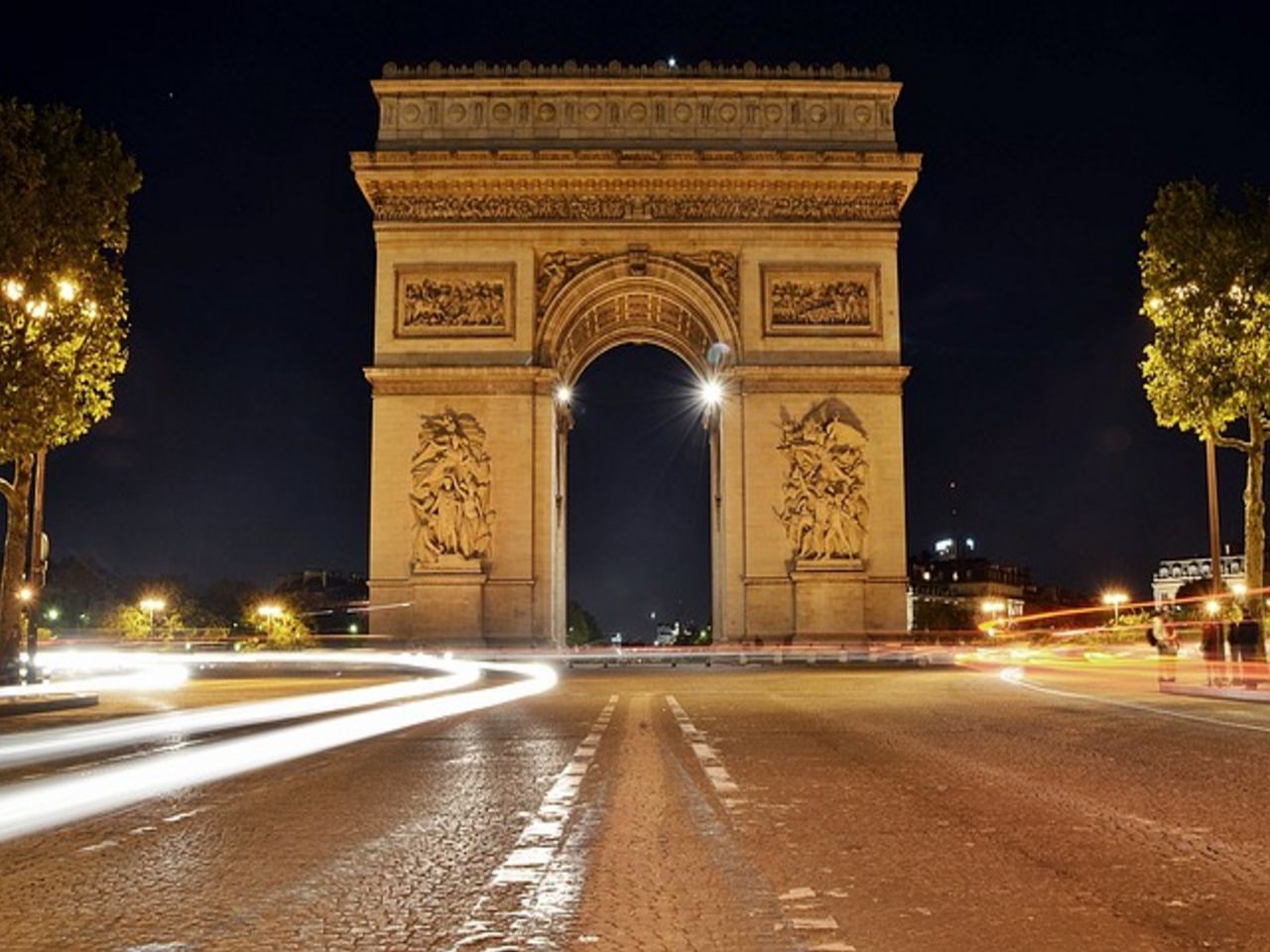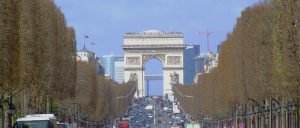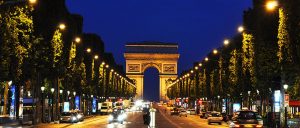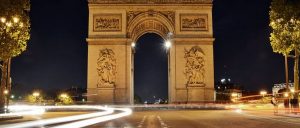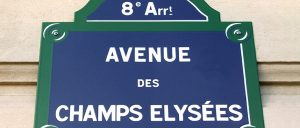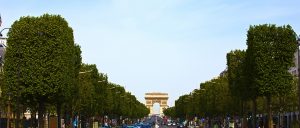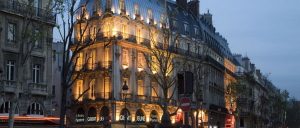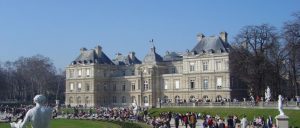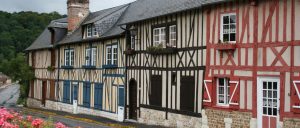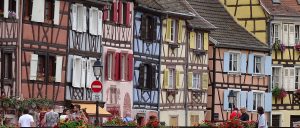What to see at the Champs Elysees - Arc De Triomphe
the most beautiful avenue in the world
A few things to watch out for during your visit to the Avenue des Champs Elysees are the Tuileries Gardens, the Obelisk in Place de la Concorde, the Carrousel du Louvre and of course the Arc de Triomphe. Located in the 8th administrative district, Champs Elysees stretches around 700 metres and connects the Place Charles de Gaulle to the Place de la Concorde.
It was only after the French Revolution that the not-so-well-reputed Avenue des Champs-Elysées became renowned among the common people. This avenue saw its foundation during the rule of Louis XIV. The once unpopular marshland during the 17th century was sketched by the landscape architect of Palace of Versailles, André Le Nôtre. Architect Jacques Hittorff further modernized the marshland in the 19th century. Plush mansions and homes adorned the avenue as late as during the Second Empire. During this time it had gradually transformed into a primary spot for Parisian living.
New life was breathed into the avenue by a trio in 1994. Under the command of Norman Foster, Bernard Huet and Jean-Michel Wilmotte the avenue was further reformed and approximately 250 million euros were invested.
From a marshland to being an avenue with the costliest per square metre of land, Avenue des Champs Elysees today is filled with stores with renowned brands, cinemas and restaurants.
Arc De Triomphe
A whopping 9.3 million French francs were invested in the construction of the famous Arc de Triomphe. During the reign of Napolean its construction was ordered to honour the French army at the time, Grand Armée. Following the once considered invincible French army’s Austerlitz victory in 1805, Napolean had announced that his soldiers would return home through arcs of triumph. The construction began in 1806 and was terminated unfinished during the then-French Emperor’s abdication between 1814 and 1826. It was finally completed in 1836, long after Napolean passed away.
The white walls of the Arc de Triomphe are adorned with names of 128 battles of the first French Republic and Napoleon’s Empire. These walls also hold the names of the generals who were very much part of those battles.




